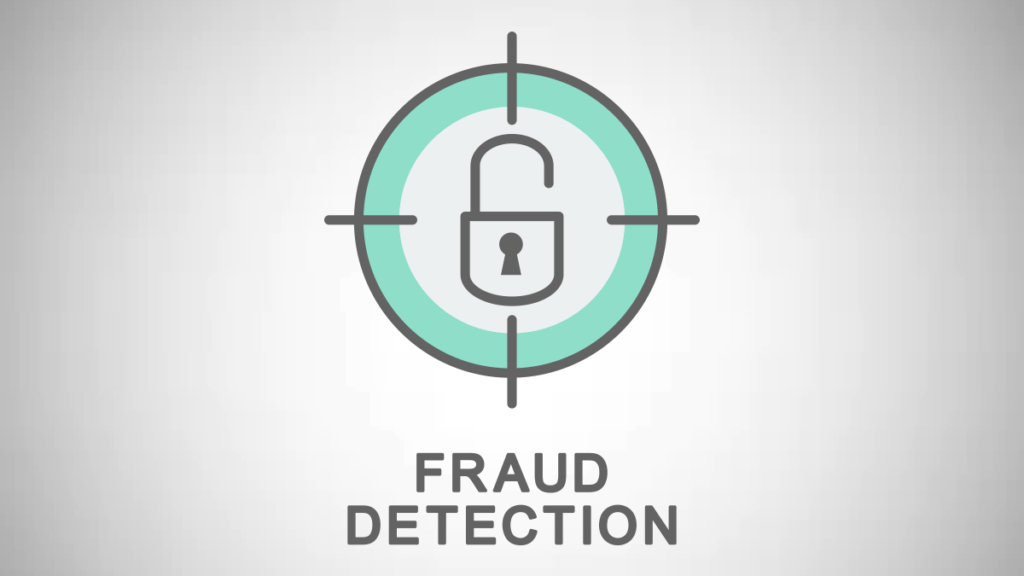
Today, people are sharing more personal information than ever before – whether for online banking purposes, to verify billing information or to buy new products – heightened activity has meant that Fraud Detection in Telecommunications is at the top of the priority list.
Telecommunications companies are striving to create a more resilient fraud detection system due to severe financial losses. It has become more challenging to keep up with fraudsters as they sporadically migrate from one carrier to another. Blacklisting numbers is no longer an effective means of keeping hackers under tight restrictive movement – with hackers easily evading the detection by changing their numbers through VoIP.
The Way Fraud Detection Works
To heighten the screening method, the content of a call rather than the number itself is being monitored carefully to reverse the increasing levels of fraudulent activity. Machine learning algorithms are being used to analyze data and select high quality descriptions from previously collected data. The formation of new rules come as a direct result of taking such data and extracting the necessary information to help construct flags in the system when a detection has been made – based on detecting textual data that is similar to previously recorded fraudulent activity.
Path to Progress
To achieve tighter security measures online, an android application can be installed on a customer’s smartphone so that when an incoming fraud call is intercepted, the application can efficiently identify frauds by analyzing the content of the call. Natural language processing techniques enhances the level of sensitivity of detection.
Unfortunately, hackers never fall too far behind an evolving system – frequently finding ways to sabotage a network. Conventional feature detection based simply on numbers is no longer reliable and can be easily foiled by those who have infiltrated the carrier. What is needed is a stronger level of client-related information to help strengthen security within the telecoms’ infrastructure – all too often, telecoms companies are providing general information but not allowing for customer insight and feedback to fortify prevention.

Development by Trial and Error
The advances in technology and system information has enabled the telecoms industry to step-up their security measures, however, financial loss indicates that more work must be done to ensure that clients are protected from fraudulent activity. Many new systems are being designed and tested all over the world to improve data protection and security, but in the rapidly changing tech landscape, the challenge merely intensifies.